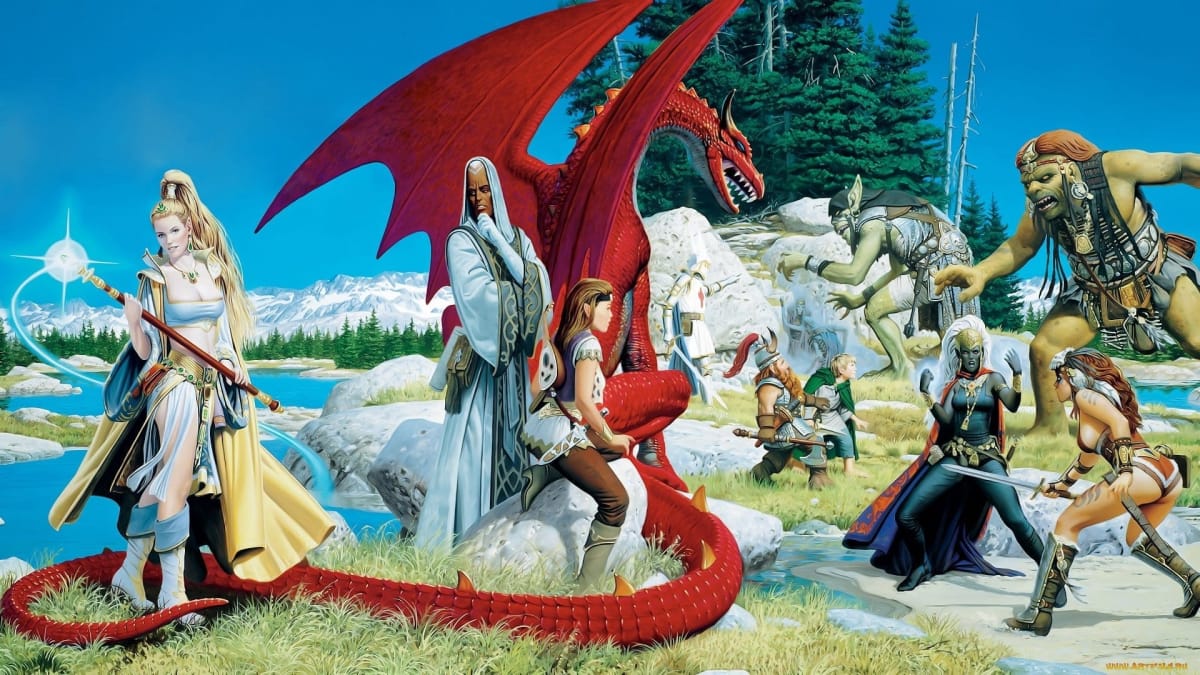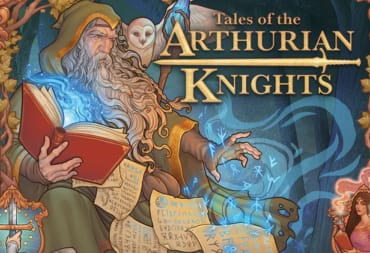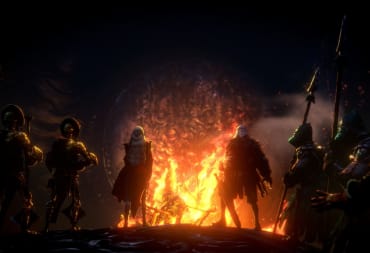World of Warcraft: Classic hit just before some unfortunate controversy surrounding Blizzard, and it was quite an impressive launch. There were a lot of naysayers during the hype who doubted the longevity of a vanilla WoW experience, thinking it would be too archaic and difficult to be appealing. For anyone who was really paying attention though, this is no new concept. Oct. 25, 2019 marked the launch day of another classic server for another juggernaut in the MMO world which has long seen its day: EverQuest, the game that launched the MMORPG from obscurity into mainstream popularity, and was an overnight sensation back when it launched in 1999.
Although it has changed hands from Sony Interactive over to Daybreak Games, EverQuest still maintains a reasonably healthy user base. Adopting a free-to-play model and with new expansions still being released yearly, EverQuest players are familiar with progression servers. But none are as familiar as those who play on the popular fan-built free server called Project 1999.
Officially given a blessing by Daybreak themselves, Project 1999 launched in 2009 and is a fan-run server emulation which aims to recreate the original EverQuest experience as faithfully as possible. In the same way that WoW has become more user friendly over time, introducing a ton of content and quality-of-life features, EverQuest has evolved to incorporate a lot of modern MMO checkboxes: newb-friendly starting areas, a model for post-max level progression called Alternate Advancements, auction houses, and a central “hub” area that can be accessible through pedestals peppered throughout the game world for faster travel.
But in the halcyon days of EverQuest, none of these features were present. The manual for EverQuest, which I used to get started with Project 1999’s “blue” server—which has been running since 2009—offers you a few simple commands to get started, but not much direction after that. The much celebrated launch of the new server, called “green” (with a sister overflow server called "teal"), removes even more quality-of-life features that blue had as a result of being based on a newer release of EverQuest. It aims to faithfully replicate every patch release and every expansion from 1999 to 2001, ending in a couple of years and staying in that state perpetually. It is a progression server in the absolute truest sense.
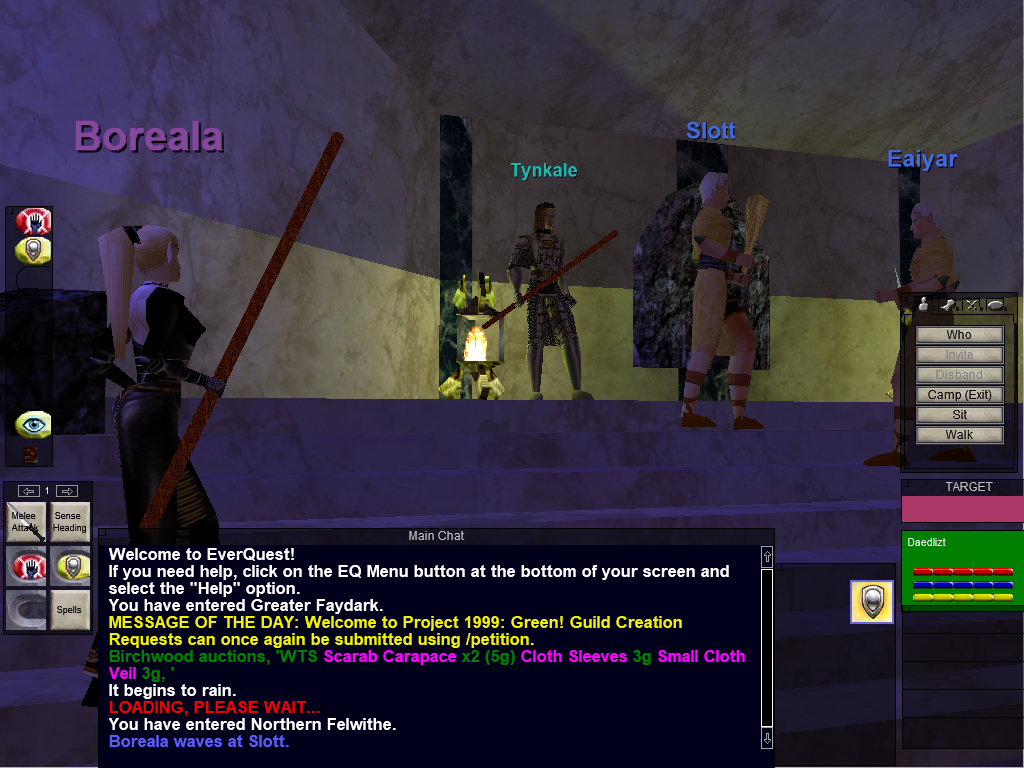
Your humble beginnings in the world of Norrath plop you down in your racial starting city when you roll up a new character with nothing more than some food, water, and a note in your inventory with the name of an NPC you are meant to find. After this initial quest, which can be squandered if you accidentally discard the note or hand it to the wrong person, you are essentially left to your own devices to seek out new NPCs and quests, and boldly grind where everyone else has grinded before.
From here, you will stumble around aimlessly, trying to right-click on folks until you realize that this game actually requires your participation in a far more involved way: it expects you to roleplay. You not only need to “hail” NPC’s to speak to them, but some won’t acknowledge you at all if they hate your race or class, or if you are in poor standing with the region at large. Rolling up a Shadow Knight and hanging around Rangers, for example, is a real good way to die. And when you do die, you need to return to your corpse to pick everything up, or that shiny, unique drop you found in the haunted mansion of Unrest will be gone forever.
It’s Dangerous To Go Alone In EverQuest
Eventually you will get your bearings and realize you need to eat and drink in order to restore health and mana, which you want to be sitting down for because it doesn’t work so well otherwise. You will find your way out into the starting zone where you are meant to kill off “yard trash,” low-level mobs that will still give you a hard time depending on your class. You’ll do this and finish small quests for many many hours before reaching level 10 at which point, the dark and intimidating truth of EverQuest will begin to dawn on you:
You NEED to party up in this game in order to progress. No solo allowed.
While this isn’t strictly true of all classes, this is how the game is essentially designed. When you see an enemy, you can “consider” it to get an idea of how strong it is. Eventually you will begin to “consider” enemies as weak, yet have them kick your ass anyways, and provide you with no experience for your efforts. Grouping is essential not only for your progression, but for your very survival, because EverQuest, much like other MMO’s at the time, is a survival experience.
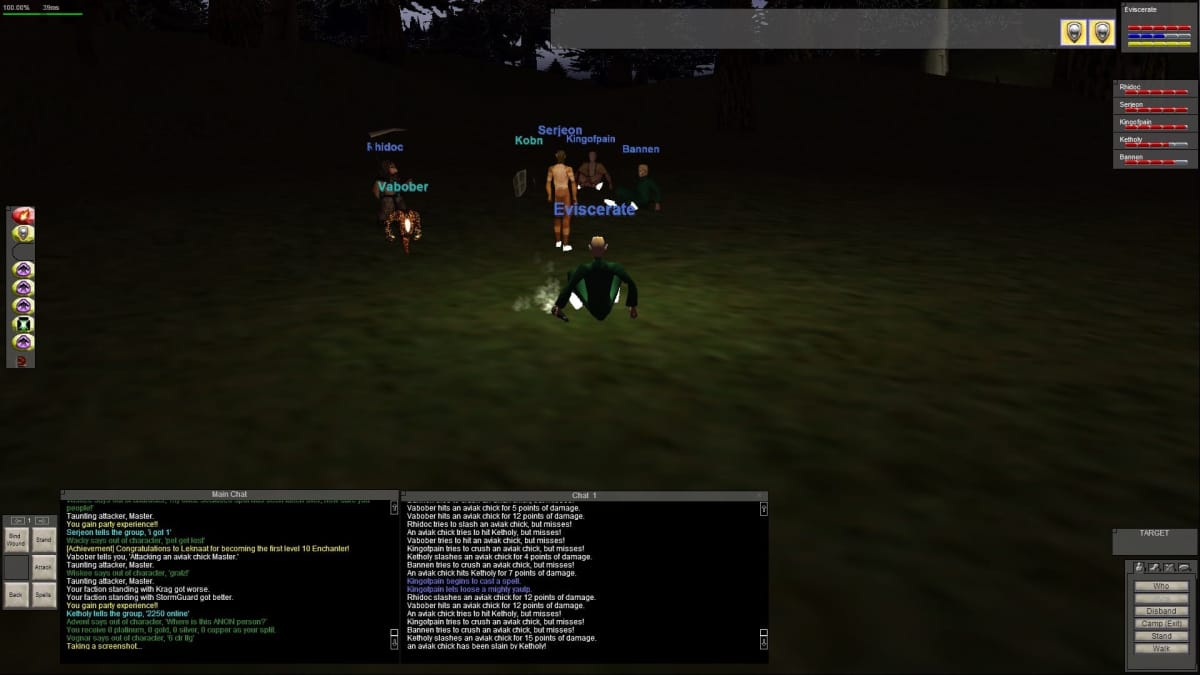
Death stalks you mercilessly and strikes the second your back is turned. Aggro ranges are high. Just walking through some areas is almost certain death. Enemies will gang up on you, stun you when you try to run, and slaughter you. Fleeing players will pull trains of enemies in your direction, which will mow you down like a lynch mob before you have a chance to turn around. It’s absolute brutality, and oh, is it ever exciting.
What begins as a rather glacially paced game starts to come into itself a lot when you hit level 20. Now you are fit for combat. If you are a casting class, you have too many spells to memorize them all, so you need to choose carefully which spells to memorize before going into dangerous territory. You can spend weeks in a single area grinding mobs with groups, but variety is the spice of life, and Norrath is a pretty big place. It is far more entertaining as a rule of thumb to branch out and explore—though heavy death penalties, including the ability to delevel, can serve to discourage this to a degree.
EverQuest's World Is By Players, For Players
As far as grouping goes, it cannot be emphasized how important this is for survival. If MMO’s today are based on friendlier, more modern roleplaying games such as Dungeons & Dragons 5th Edition, then EverQuest is Advanced Dungeons & Dragons. It expects you will play with others, as you are nigh useless on your own. Even in the starting area near the High Elf city of Felwithe where I rolled my character, people are looking to group constantly, camping mob spawns, selling gear; it’s an immediately social experience right out the gate, and this is a strange thing compared to where MMOs have gone in recent times.
Everything is player run. Norrath exists in a time before auction houses, when players mutually decided on a place to meet up and trade wares called the East Commons tunnel, by Freeport. Entire guilds exist as transportation helpers, who will port you to different locations, usually for a small donation fee. And there is no “soulbinder” in EverQuest. To bind to a location you can respawn in upon death, you have to find another player to do it for you, or learn the magic yourself.
The takeaway from this, and the answer to, “Why in the hell would you want to play this?” may not be so clear for those who did not grow up watching the evolution of the MMORPG, but as a guy who started with Ultima Online, it is abundantly obvious. Norrath is presented as a world, with as little “game” as required to stand in the way of what matters here, which is role playing and socialization.
When you add too many systems to manage players and streamline things too much, it can take a large portion of the appeal out of the social experience. At the time EverQuest came out, voice chat was not at all common. People communicated the way in which you would expect, and which the internet speeds prevalent at the time would allow: through in-game chat. So the downtime you would spend between fights, waiting for mana regen, and waiting for transportation was filled with conversation.
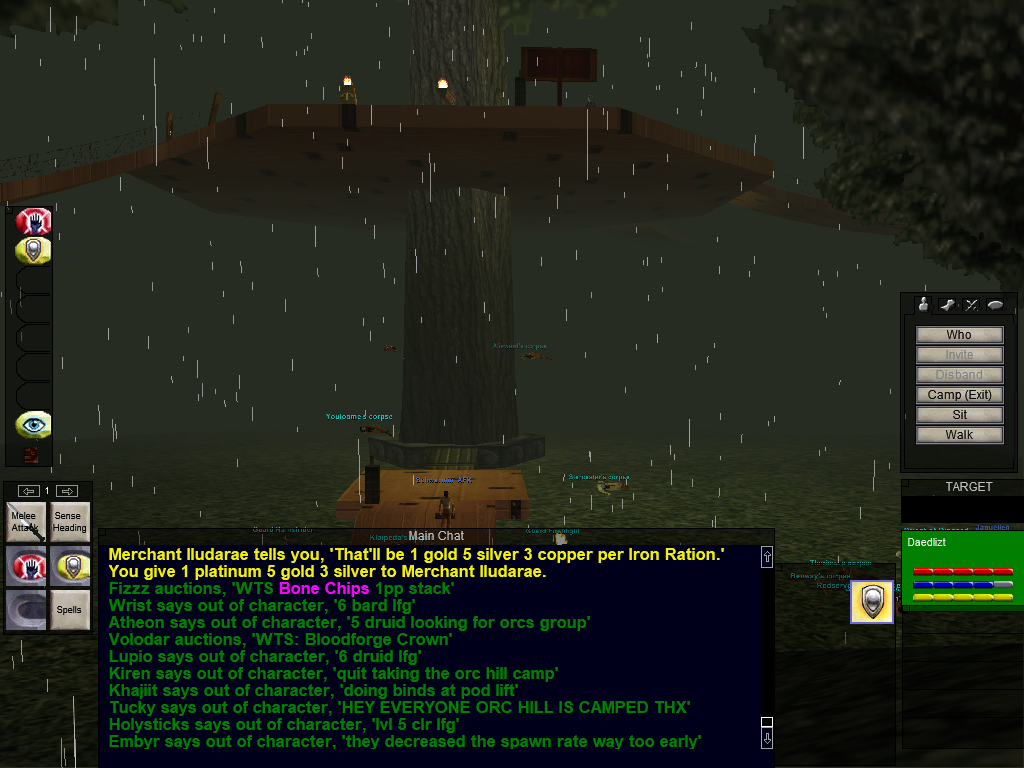
This is the most interesting thing about Project 1999 for me. When a system is needed to manage things, players have to coordinate in order to constitute it. This then becomes a part of the cultural infrastructure of the game, and helps to contribute to a language unique to that game world. As MMOs continued to grow, EverQuest being no exception, more of these player-run faculties were sacrificed at the altar of convenience. While this certainly makes the experience more accessible, it results in a less interesting social experience, and this is undoubtedly the reason why there are about 2,500 players on peak time in a game from the late nineties.
Project: 1999 is an alienating, difficult, deprecated time sink. But it is also the most fun, and most social time I have had since my Ultima Online days. There is no better feeling than winning a big battle by the skin of your teeth with a group of people, and nothing more encouraging than the simple generosity and humanity of other players in the game world who are willing to sacrifice their time just to help out a new player.
For people nostalgic for EverQuest, or for those who want to take a time-machine ride and see what it was like to play the first super popular MMORPG, now is the time. So get your cloth map pinned up on the wall, turn on your CRT monitor, and come and see—but prepare to be humbled and rely on the kindness of strangers, or your time in Norrath will be short and brutal.
Have a tip, or want to point out something we missed? Leave a Comment or e-mail us at tips@techraptor.net
